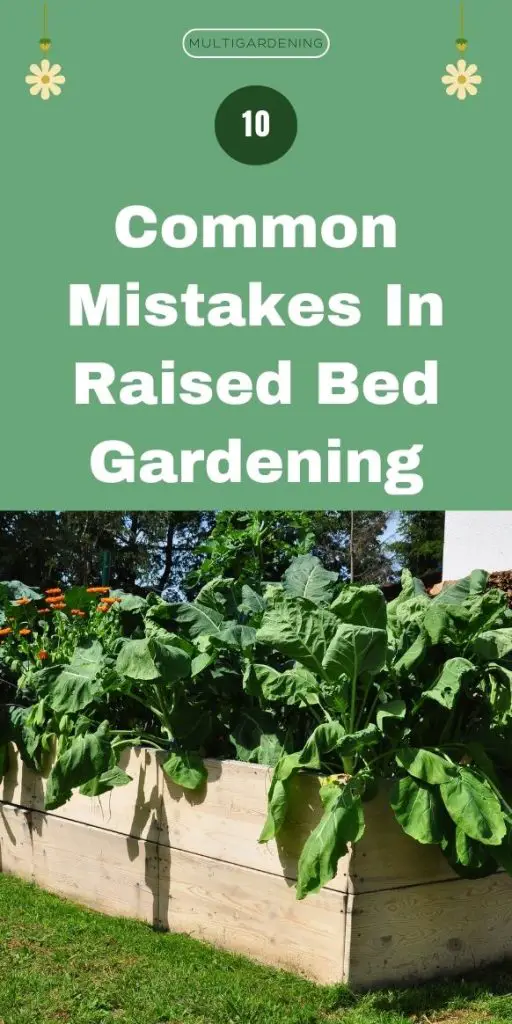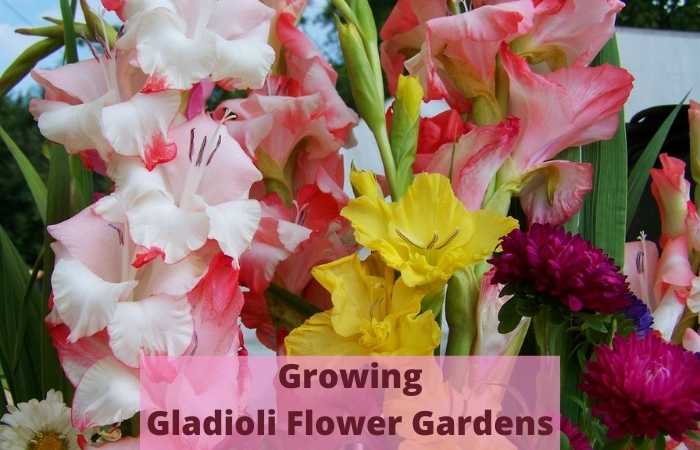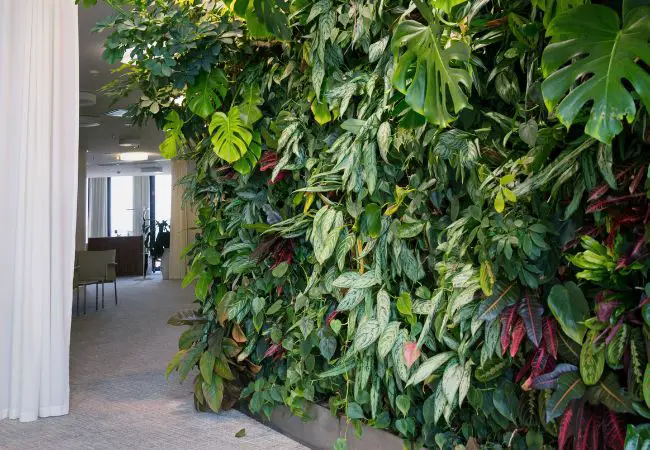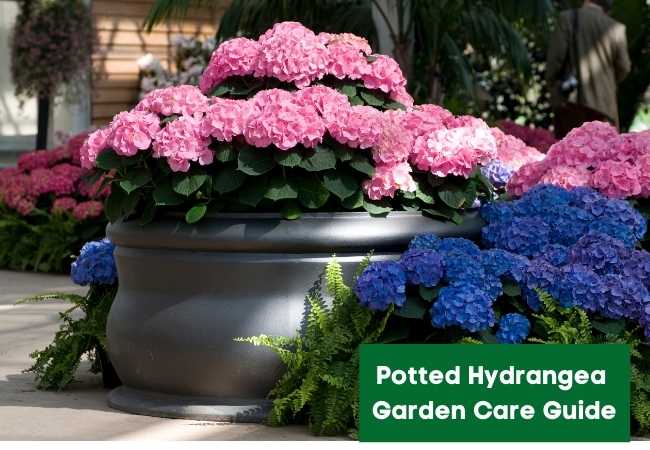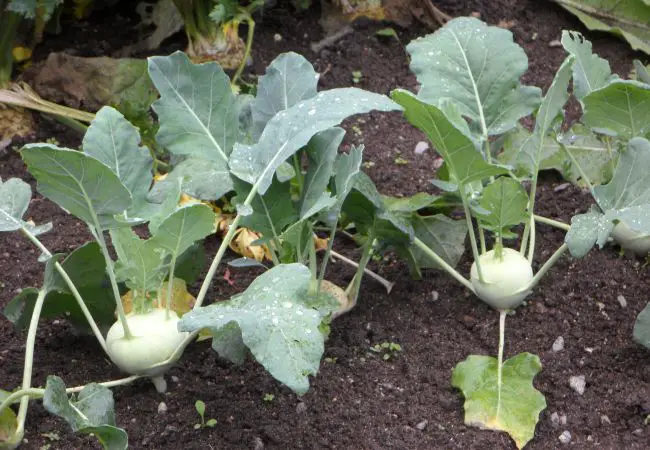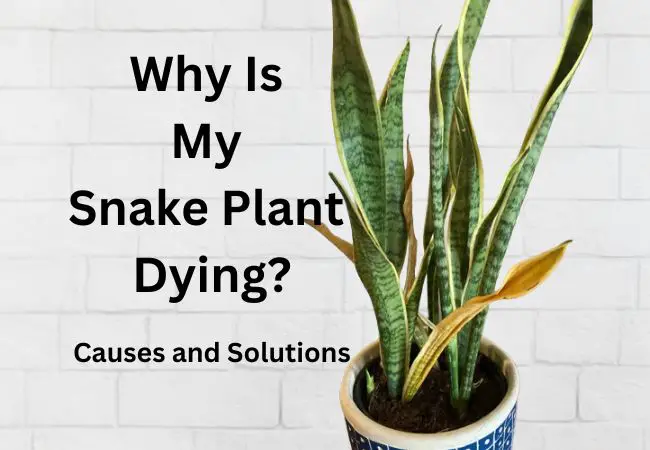10 Common Mistakes in Raised Bed Gardening
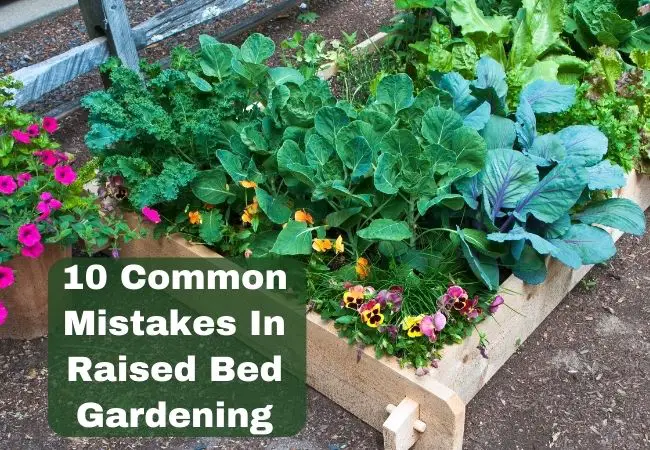
These are the 10 most common mistakes in raised bed gardening and how to avoid them. Raised bed gardening has been rewarding for me because I avoid many of the mistakes and often get bountiful harvests.
Common Mistakes in Raised Bed Gardening
Raised bed gardening has become increasingly popular among both novice and experienced gardeners due to its numerous benefits. Some of them include improved soil quality, better drainage, and easier access for maintenance.
However, like any form of gardening, raised bed gardening requires careful planning and attention to detail to achieve success.
In this post, I’ll explore 10 common mistakes often made in raised bed gardening and provide practical tips on how to avoid them for a bountiful harvest.
Choosing the Wrong Location
One of the most crucial decisions in raised bed gardening is selecting the right location for your beds. Many gardeners make the mistake of placing their raised beds in areas with inadequate sunlight or poor drainage.
Without sufficient sunlight, plants may struggle to photosynthesize effectively, leading to stunted growth and poor yields.
Additionally, poor drainage can result in waterlogged soil, which can suffocate plant roots and promote root rot.
To avoid these issues, choose a location that receives at least 6-8 hours of direct sunlight per day and has good drainage. Avoid low-lying areas where water tends to accumulate, and instead opt for slightly elevated spots.
If your chosen location has poor drainage, consider amending the soil or installing drainage channels to prevent waterlogging.
Not Preparing the Soil Properly
The quality of the soil in your raised beds plays a significant role in the success of your garden. Unfortunately, many gardeners neglect proper soil preparation, leading to poor plant growth and disappointing harvests.
Common mistakes include failing to test the soil pH and nutrient levels, using low-quality soil mixes, and skipping the incorporation of organic matter.
Before filling your raised beds with soil, take the time to test the pH and nutrient levels using a soil testing kit. This will help you identify any deficiencies or imbalances that need to be corrected.
Choose a high-quality soil mix specifically formulated for raised bed gardening, or create your own by combining equal parts of compost, topsoil, and other amendments such as perlite or vermiculite.
Finally, incorporate plenty of organic matter such as compost, aged manure, or leaf mold to improve soil fertility and structure.
Overcrowding Plants
In the excitement of starting a new garden, it’s easy to overcrowd plants in raised beds, hoping to maximize yields in limited space. However, overcrowding can have detrimental effects on plant health and productivity.
When plants are spaced too closely together, they compete for sunlight, water, and nutrients, resulting in stunted growth, increased susceptibility to pests and diseases, and reduced yields.
To avoid overcrowding, follow the spacing recommendations provided on seed packets or plant labels. Pay attention to the mature size of each plant and give them ample room to grow and spread.
If space is limited, consider growing smaller varieties or using vertical gardening techniques such as trellising or staking to make the most of vertical space while still providing adequate room for each plant to thrive.
Underwatering or Overwatering
Achieving the right balance of water is crucial for the health of your plants in raised bed gardens. However, many gardeners struggle with either underwatering or overwatering.
Both can have detrimental effects on plant growth and development. Underwatering can lead to wilting, yellowing leaves, and poor fruit set. While overwatering can suffocate plant roots and promote the growth of fungal diseases.
To avoid these problems, establish a regular watering routine based on the specific needs of your plants and the prevailing weather conditions.
Check the moisture level of the soil regularly by inserting your finger into the soil up to the first knuckle. If the soil feels dry, it’s time to water.
However, if it feels excessively wet or soggy, hold off on watering until the soil has a chance to dry out slightly. Consider using drip irrigation or soaker hoses to deliver water directly to the root zone while minimizing water waste.
Neglecting Pest and Disease Management
Pests and diseases are common challenges faced by gardeners, and raised bed gardens are not immune to these issues. Neglecting pest and disease management can quickly decimate your crops and derail your gardening efforts.
Common pests in raised bed gardens include aphids, caterpillars, and slugs, while diseases such as powdery mildew and blight can also take their toll.
To prevent pest and disease problems, practice good garden hygiene by keeping the area around your raised beds clean and free of debris.
Inspect your plants regularly for signs of pest damage or disease symptoms, such as holes in leaves, yellowing foliage, or fuzzy white patches.
Encourage beneficial insects such as ladybugs and lacewings to help control pest populations naturally. You should also consider using organic pest control methods such as neem oil or insecticidal soap when necessary.
Additionally, practice crop rotation to disrupt pest and disease cycles and avoid planting susceptible crops in the same location year after year.
Failing to Rotate Crops
Crop rotation is a fundamental principle of sustainable gardening that involves alternating the types of crops grown in a particular area from one season to the next.
However, many gardeners neglect this practice in raised bed gardens, leading to nutrient depletion, increased pest and disease pressure, and poor soil health over time.
To implement crop rotation in your raised bed garden, divide your beds into different planting areas based on plant families (e.g., tomatoes, peppers, and eggplants belong to the nightshade family).
Each year, plant crops from a different family in each area to prevent the buildup of pests and diseases specific to that plant family and to replenish soil nutrients naturally.
Keep a record of which crops were planted in each area each year to help you plan your rotations effectively.
Ignoring Companion Planting Principles
Companion planting is the practice of growing certain plants together to enhance each other’s growth and repel pests naturally.
However, many gardeners ignore companion planting principles in raised bed gardens, missing out on the numerous benefits it can provide.
To harness the power of companion planting in your raised bed garden, familiarize yourself with which plants complement each other and which ones should be kept apart.
For example, planting basil alongside tomatoes can improve the flavor of the tomatoes and deter pests such as aphids and whiteflies.
Similarly, planting marigolds around the perimeter of your raised beds can help repel nematodes and other soil-borne pests.
Experiment with different companion plant combinations to find what works best for your garden.
Neglecting Maintenance Tasks
Like any garden, raised bed gardens require regular maintenance to keep them healthy and productive.
However, many gardeners neglect essential maintenance tasks, leading to weed infestations, soil compaction, and nutrient deficiencies.
To keep your raised bed garden in top condition, create a maintenance schedule that includes tasks such as weeding, watering, fertilizing, and pest control.
Remove weeds promptly to prevent them from competing with your plants for resources and spreading seeds. Loosen the soil periodically to prevent compaction and improve air and water circulation around plant roots.
Apply organic fertilizers such as compost or fish emulsion regularly to replenish soil nutrients and support plant growth.
By staying on top of maintenance tasks, you can ensure that your raised bed garden remains healthy and productive throughout the growing season.
Using Low-Quality or Incorrect Materials
The materials you choose for your raised beds can have a significant impact on their longevity and performance.
Unfortunately, many gardeners make the mistake of using low-quality or incorrect materials, resulting in raised beds that deteriorate prematurely or fail to provide adequate support for plants.
When selecting materials for your raised beds, prioritize quality and durability over cost. Avoid using pressure-treated lumber, which contains chemicals that can leach into the soil and harm plants.
Instead, opt for naturally rot-resistant materials such as cedar or redwood, which can withstand the elements without the need for chemical treatments.
If using galvanized steel or plastic materials, ensure they are food-safe and free from harmful chemicals.
Additionally, consider the height and width of your raised beds to provide ample growing space for your plants and facilitate easy access for maintenance.
Interesting Post:
Final Thoughts
I love raised bed gardening because it offers numerous advantages for gardeners, including improved soil quality, better drainage, and easier access for maintenance.
If you avoid all the common mistakes you can create a thriving raised bed garden that yields bountiful harvests year after year.
I hope this post about the 10 most common mistakes in raised bed gardening and how to avoid them was helpful. Subscribe to our mailing list to get more gardening posts and also follow us on @multigardening Pinterest.
